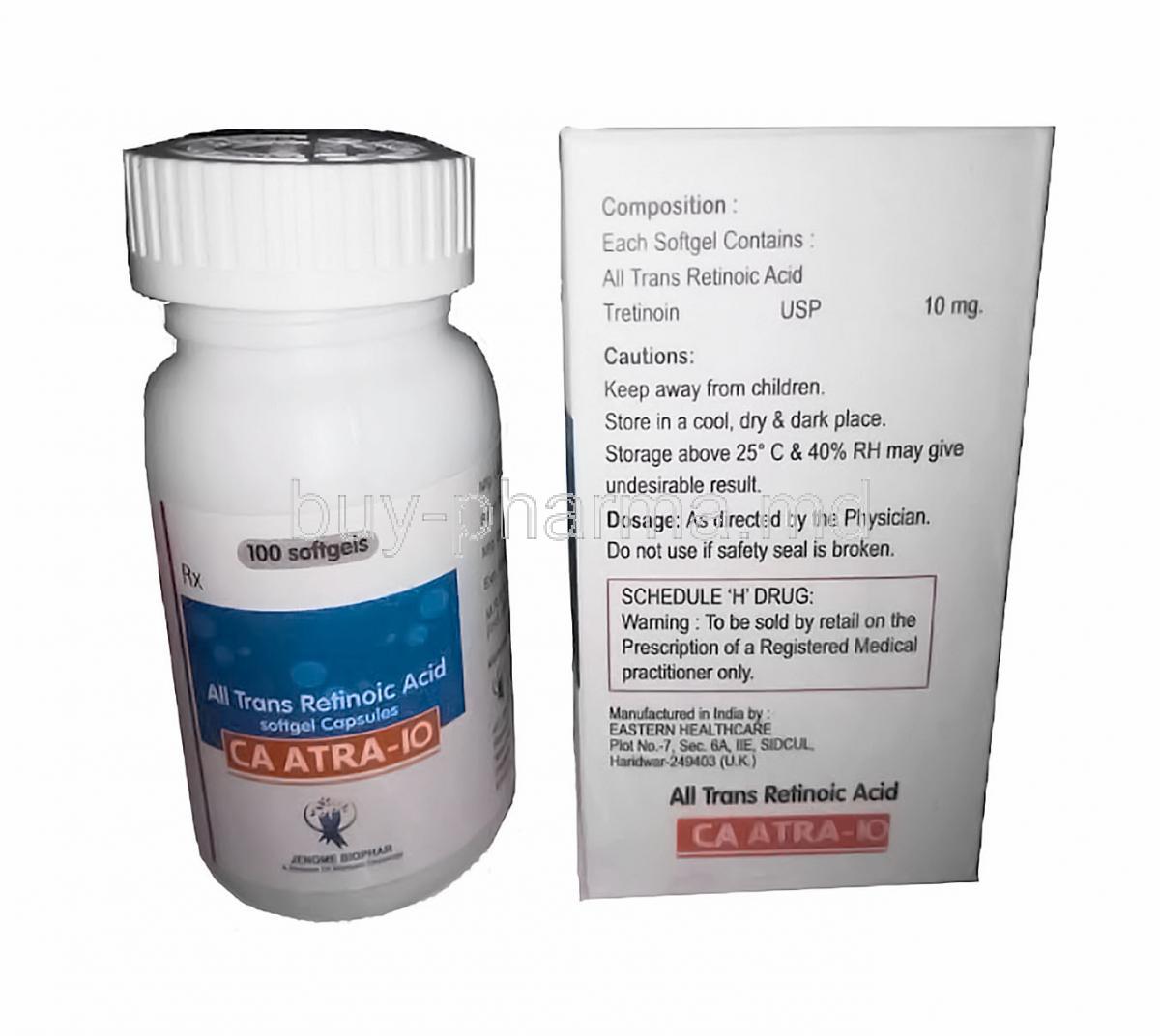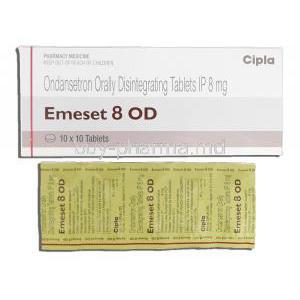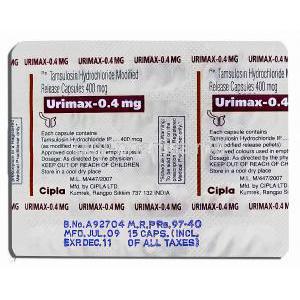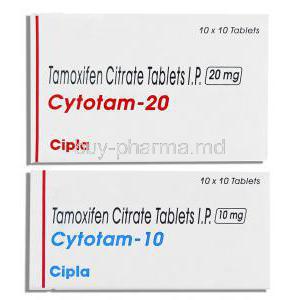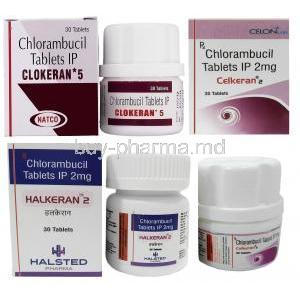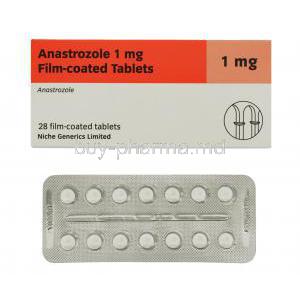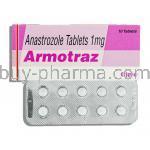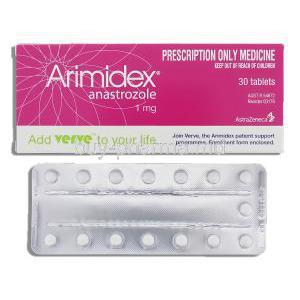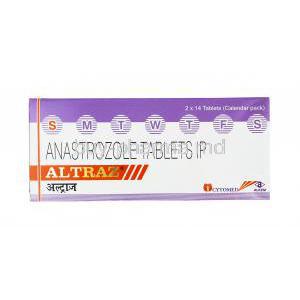1. Introduction
Overview of All Trans Retinoic Acid (ATRA)
All Trans Retinoic Acid (ATRA) is a derivative of vitamin A renowned for its transformative role in cellular differentiation and proliferation. It is widely utilized in both oncology and dermatology, serving as a cornerstone therapy for acute promyelocytic leukemia (APL) and a potent topical agent in dermatologic care.
Historical Background and Discovery
The therapeutic potential of ATRA was uncovered in the late 20th century when researchers observed its remarkable ability to induce differentiation in malignant promyelocytes. This discovery revolutionized the treatment of APL, shifting the paradigm from cytotoxic destruction to cellular maturation therapy.
Chemical Classification and Pharmacological Group
ATRA belongs to the class of retinoids, compounds structurally related to vitamin A. Pharmacologically, it is a retinoic acid receptor agonist, binding selectively to nuclear receptors that control gene transcription.
Clinical Significance in Oncology and Dermatology
In oncology, ATRA induces remission in APL patients by restoring normal cell differentiation. In dermatology, it is a vital agent for acne management and skin rejuvenation, regulating keratinocyte turnover and preventing follicular plugging. ---
2. Composition and Formulation
Active Ingredient: All Trans Retinoic Acid (Tretinoin)
Each CA ATRA preparation contains All Trans Retinoic Acid as the primary bioactive component, a metabolite of vitamin A with profound effects on cellular growth and differentiation.
Available Dosage Forms
ATRA is available in multiple formulations, including:
- Oral capsules for systemic therapy in leukemia
- Topical creams, gels, and ointments for dermatological use
- Oral suspensions for precise pediatric or research dosing
Common Brand Names
Commercially, it is marketed under names such as CA ATRA, Vesanoid, and Tretinoin Cream, depending on the indication and formulation.
Excipients and Pharmaceutical Roles
Formulations may include stabilizers, antioxidants, and emulsifiers such as butylated hydroxytoluene or ethanol, which enhance drug stability and bioavailability. ---
3. Mechanism of Action
Molecular Mechanism and Interaction with Retinoic Acid Receptors (RARs)
ATRA exerts its pharmacological effects by binding to RARs—alpha, beta, and gamma—located in the cell nucleus. This interaction modulates the transcription of genes responsible for differentiation and apoptosis.
Regulation of Gene Transcription and Differentiation
Through nuclear receptor activation, ATRA reprograms gene expression, promoting the maturation of immature cells while suppressing proliferation signals.
Induction of Maturation in Promyelocytic Leukemia Cells
In APL, ATRA targets the PML-RARα fusion protein, dissolving its oncogenic suppression and allowing promyelocytes to differentiate into mature granulocytes, effectively reversing the leukemic phenotype.
Modulation of Epithelial Cell Turnover
In dermatology, ATRA accelerates epidermal renewal, unclogs pores, and reduces comedone formation by normalizing keratinization. ---
4. Pharmacokinetics and Pharmacodynamics
Absorption and Bioavailability
Oral ATRA demonstrates variable absorption influenced by dietary fat. Co-administration with lipid-rich meals enhances its systemic bioavailability.
Metabolism and Active Metabolites
It undergoes extensive hepatic metabolism primarily via cytochrome P450 enzymes (CYP3A4, CYP2C8), forming inactive metabolites excreted in bile and urine.
Distribution and Plasma Protein Binding
ATRA binds extensively to plasma proteins, particularly albumin, ensuring sustained therapeutic levels in systemic circulation.
Elimination and Half-Life
The elimination half-life ranges between 0.5 to 2 hours, necessitating multiple daily dosing to maintain efficacy in systemic therapy. ---
5. Approved Medical Uses
5.1 Acute Promyelocytic Leukemia (APL)
ATRA revolutionized APL therapy by inducing terminal differentiation of leukemic cells.
- Remission induction: ATRA converts malignant promyelocytes into functional granulocytes, achieving remission in over 90% of patients.
- Combination therapy: Used with arsenic trioxide or anthracycline-based chemotherapy for improved survival outcomes.
- Maintenance therapy: Prolonged low-dose regimens help prevent relapse and sustain remission.
5.2 Dermatological Applications
Topically applied ATRA enhances epithelial regeneration and collagen synthesis.
- Treatment of acne vulgaris by reducing sebum production and preventing comedones
- Reduction of photoaging signs and hyperpigmentation by promoting dermal remodeling
---
6. Off-Label Uses
ATRA demonstrates promise beyond its approved indications.
- Cancer prevention: Chemopreventive potential in head and neck carcinomas
- Psoriasis and keratinization disorders: Regulation of epidermal differentiation
- Cutaneous T-cell lymphoma: Anti-proliferative and immune-modulating properties
- Cervical dysplasia and oral leukoplakia: Suppression of premalignant epithelial changes
- Regenerative medicine: Investigational role in tissue repair and stem cell modulation
---
7. Dosage and Administration
7.1 Standard Dosage Guidelines
- **APL therapy:** 45 mg/m²/day in two divided doses until complete remission (usually 30–60 days) - **Maintenance therapy:** Adjusted based on hematologic response and tolerance - **Hepatic impairment:** Dose reduction recommended under medical supervision
7.2 Administration Methods
- Administer orally with meals containing fat to enhance absorption - Topical formulations should be applied once daily at night on cleansed skin - Avoid concurrent application of other irritant topical agents
7.3 Monitoring and Dose Modifications
Close monitoring for differentiation syndrome is essential.
- Frequent white blood cell counts during induction therapy
- Treatment interruptions for severe toxicity, with cautious re-initiation at reduced doses
---
8. Side Effects
8.1 Common Side Effects
- Headache, bone or muscle pain - Dryness of lips, mouth, and skin - Mild nausea, vomiting, and elevated liver enzymes
8.2 Serious Adverse Reactions
- **Differentiation syndrome:** Potentially fatal if untreated; characterized by fever, weight gain, and respiratory distress - **Pseudotumor cerebri:** Increased intracranial pressure, particularly with concurrent tetracyclines - **Hepatotoxicity and hyperlipidemia:** Require regular laboratory monitoring
8.3 Long-Term and Rare Effects
- Skeletal hyperostosis and chronic musculoskeletal pain - Altered lipid metabolism - Neuropsychiatric manifestations including mood alterations and depression ---
9. Drug Interactions
- Concomitant use with **tetracyclines** increases risk of intracranial hypertension - **CYP450 inducers** (phenytoin, rifampicin) reduce plasma concentration and efficacy - Co-administration with **hepatotoxic drugs** amplifies liver injury risk - **Vitamin A or isotretinoin** may potentiate toxicity due to additive retinoid effects ---
10. Contraindications
- Hypersensitivity to ATRA or retinoid compounds - Severe hepatic dysfunction or elevated liver enzymes - Hypervitaminosis A - Absolute contraindication during pregnancy and lactation due to teratogenic risk ---
CA ATRA (All Trans Retinoic Acid) remains a cornerstone therapy in modern medicine, offering life-saving benefits in leukemia and transformative effects in dermatologic care when used under professional supervision.
11. Warnings and Important Precautions
Risk of Retinoic Acid Syndrome and Early Intervention with Steroids
Retinoic acid syndrome, also known as differentiation syndrome, is a potentially life-threatening complication characterized by fever, respiratory distress, weight gain, and pulmonary infiltrates. Early recognition is critical. At the first indication of this syndrome, corticosteroid therapy—typically dexamethasone—is initiated promptly to mitigate inflammatory and capillary leak manifestations.
Teratogenicity and Need for Effective Contraception
ATRA is profoundly teratogenic. Exposure during pregnancy can result in severe congenital malformations, including craniofacial, cardiac, and central nervous system abnormalities. Both male and female patients of reproductive potential must employ reliable contraception beginning one month before, during, and at least one month after discontinuation of therapy. Regular pregnancy testing is mandatory throughout treatment.
Liver Function Monitoring and Lipid Profile Surveillance
Due to its hepatic metabolism, ATRA may induce transient liver enzyme elevations or lipid disturbances such as hypertriglyceridemia. Regular monitoring of alanine transaminase (ALT), aspartate transaminase (AST), and lipid profiles is imperative. If significant hepatotoxicity develops, dosage modification or temporary cessation should be considered.
Avoidance of Concurrent Vitamin A Therapy
Concurrent administration of vitamin A supplements or other retinoids (e.g., isotretinoin) should be strictly avoided to prevent additive toxicity, hypervitaminosis A, and neurotoxic manifestations such as pseudotumor cerebri.
Avoid Exposure to UV Light and Strong Sunlight During Topical Therapy
Patients using topical ATRA must minimize sun exposure. Retinoids increase photosensitivity, and ultraviolet radiation can exacerbate erythema and irritation. Broad-spectrum sunscreens, protective clothing, and avoidance of tanning lamps are strongly advised. ---
12. Careful Administration
Stepwise Initiation and Close Monitoring in Leukemia Patients
Therapy in acute promyelocytic leukemia (APL) should commence in a controlled clinical environment. Gradual initiation allows assessment of tolerance, with vigilant monitoring of hematologic parameters and early detection of differentiation syndrome.
Adjustments in Patients with Pre-existing Liver Disease or Hyperlipidemia
Patients with hepatic impairment or elevated lipid levels exhibit altered pharmacokinetics. Dose reductions and enhanced laboratory surveillance are warranted. Concomitant dietary management or lipid-lowering therapy may be necessary to maintain safe triglyceride levels.
Periodic Ophthalmologic and Neurologic Evaluations
Chronic retinoid exposure may lead to visual disturbances, xerophthalmia, or benign intracranial hypertension. Routine ophthalmologic and neurologic assessments are essential during prolonged treatment, particularly in pediatric or long-term APL survivors. ---
13. Special Population Considerations
13.1 Administration to Elderly Patients
Elderly patients often present with reduced hepatic clearance and heightened sensitivity to adverse events. Initiation with lower dosages and gradual titration is recommended. Continuous monitoring of hepatic, renal, and cardiovascular function ensures optimal tolerability and therapeutic benefit.
13.2 Administration to Pregnant Women and Nursing Mothers
ATRA is absolutely contraindicated in pregnancy due to its teratogenic potential. Enrollment in a Pregnancy Prevention Program (PPP) is obligatory for women of childbearing age. Breastfeeding is contraindicated, as the compound is excreted into breast milk and may cause severe toxicity in the infant.
13.3 Administration to Children
Pediatric use in APL demands precise dosing based on body surface area. Growth parameters, bone density, and neurologic development should be periodically assessed. Although effective, long-term safety data in children remain limited, necessitating specialist supervision throughout therapy. ---
14. Overdosage
Clinical Presentation
Excessive ATRA intake may manifest as symptoms of hypervitaminosis A, including severe headache, vomiting, irritability, mucocutaneous dryness, and desquamation. Neurologic signs such as increased intracranial pressure may also occur.
Symptomatic and Supportive Management
No specific antidote exists. Management involves discontinuation of the drug and supportive care. Hydration and symptom control are key aspects of therapy.
Gastric Lavage and Discontinuation Protocols
In cases of acute ingestion, gastric lavage may be considered if performed within a short timeframe. Resumption of therapy should only occur after full clinical recovery and under strict medical supervision.
Monitoring for Intracranial Pressure and Hepatic Function
Continuous monitoring of intracranial pressure, liver enzymes, and serum lipids is vital to prevent irreversible complications. ---
15. Handling and Storage Precautions
Storage Conditions: Temperature and Light Sensitivity
ATRA formulations should be stored below 25°C, protected from light and humidity. Retinoic acid degrades upon exposure to ultraviolet radiation, leading to loss of potency.
Safe Handling and Disposal of Cytotoxic Materials
As ATRA is classified as a cytotoxic substance, healthcare professionals must adhere to strict safety protocols.
- Wear disposable gloves and protective gowns during handling
- Avoid direct contact with broken capsules or contaminated surfaces
- Dispose of unused material according to hazardous waste regulations
Use of Gloves and Protective Equipment for Healthcare Professionals
Handling should be performed in well-ventilated areas using personal protective equipment (PPE). Spillage should be cleaned immediately with appropriate absorbent materials.
Shelf Life and Stability After Opening
The product should be used within the manufacturer’s recommended period after opening. Exposure to moisture or light can accelerate degradation. ---
16. Clinical Monitoring and Patient Education
Patient Counseling on Adherence and Adverse Effect Recognition
Patients must be thoroughly educated about adherence, recognition of early adverse effects, and the importance of prompt reporting. Understanding the signs of differentiation syndrome or hepatotoxicity is critical for safety.
Laboratory Tests During Treatment
Routine laboratory monitoring includes:
- Complete blood count (CBC)
- Liver function tests (LFT)
- Serum lipid profile
- Renal function assessments where indicated
Signs Requiring Immediate Medical Attention
Fever, dyspnea, edema, jaundice, or severe abdominal pain necessitate urgent evaluation. Patients must be instructed to discontinue the medication and seek medical care if these occur.
Importance of Contraception and Pregnancy Testing Before Therapy
Effective contraception and pregnancy testing prior to therapy initiation are non-negotiable. Written acknowledgment of understanding the risks is recommended before starting ATRA. ---
17. Summary and Key Takeaways
All Trans Retinoic Acid (ATRA) stands as a transformative therapeutic agent in both hematologic malignancy and dermatologic practice. Its success in inducing remission in acute promyelocytic leukemia represents a milestone in targeted differentiation therapy. However, its potent biological activity necessitates stringent monitoring, patient education, and adherence to safety protocols. With continued research, ATRA’s molecular influence may extend into emerging fields such as regenerative medicine and oncology adjunctive care. The integration of cautious dosing, vigilant surveillance, and responsible handling ensures both efficacy and patient safety in its clinical application.

